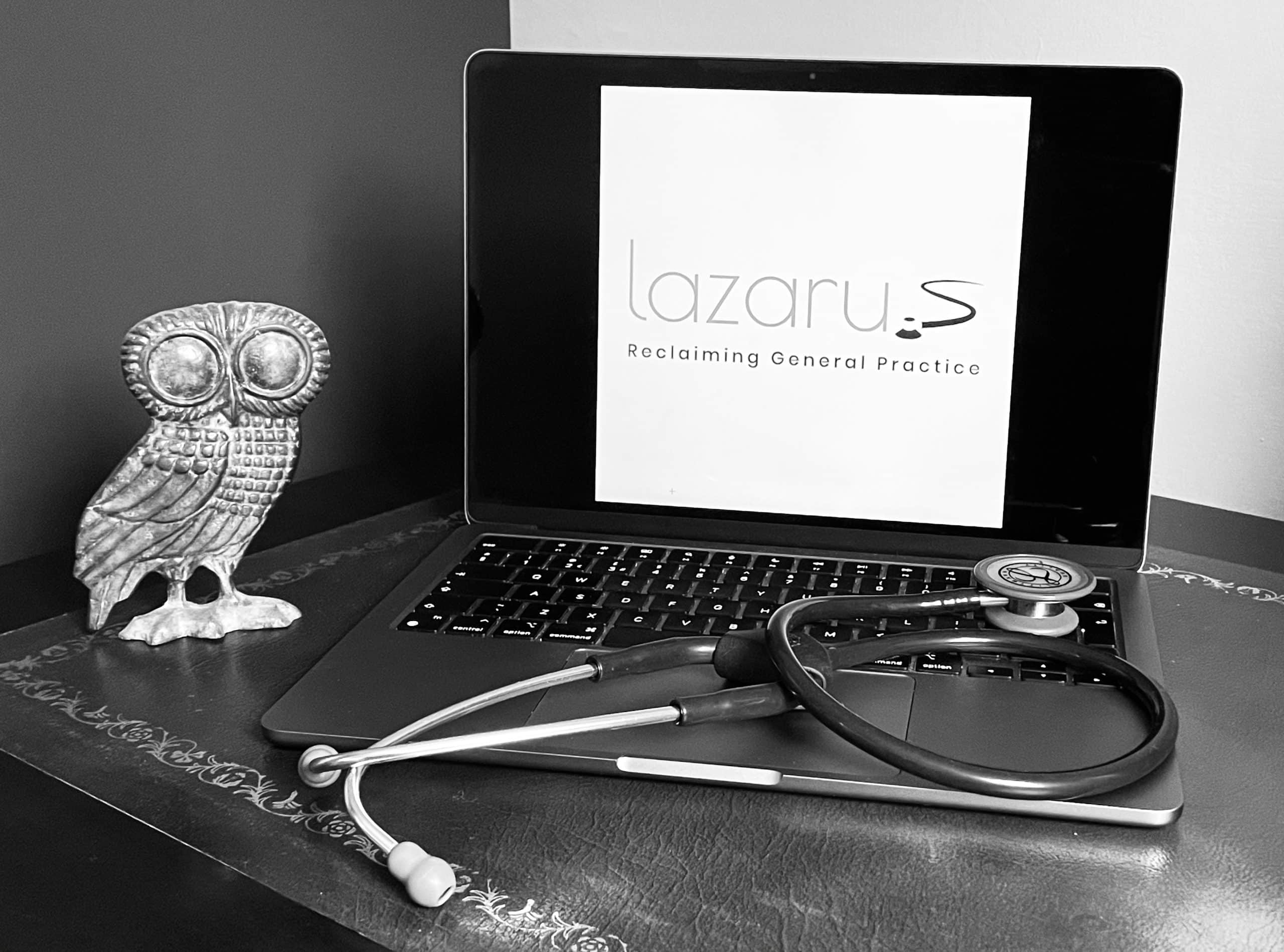
General practice may largely be a desk job, but every day at work we are surrounded by danger, and each trip to the waiting room to call the next patient, and every remote contact, is a walk to the well through tiger country. Most patients are not abusive, and burnout happens slowly and by degrees, but the risk of a serious missed diagnosis is always with us, like a predator’s long shadow.
How we deal with clinical risk affects our usefulness as doctors, our efficiency in terms of the wider health service, and our own wellbeing. We readily accept the importance of knowing our stuff, getting on well with patients and working effectively with colleagues, but we all have a blind spot, a cognitive quirk that we neglect at our peril.
We generally reach a diagnosis in the same way as we pick out a familiar face from a crowd or make sense of words on a page: by recognising a pattern. In each case, a limited sensory input triggers the perception of a complete mental construct. We feel as if we’re just seeing what’s in front of us, when really, we are generating a picture in our mind of what experience tells us we should be seeing, based on contextual cues.1,2 This is a neat cognitive short-cut which allows us to interact with our environment in real time without having to work out from first principles what’s in front of us whenever we open our eyes. Its downside is that, just as we can read something without noticing the typos because we know what the words ought to look like, so we unconsciously edit the evidence of our own senses to increase the likelihood of recognition, filtering out anything incongruous.
We generally reach a diagnosis in the same way as we pick out a familiar face from a crowd or make sense of words on a page: by recognising a pattern.
This is the crux of our problem: in order to recognise something, we have to have an idea of what we’re looking at, and having the wrong idea can mean that we don’t see what is most important. Fortunately, we have a fail-safe mechanism to stop us getting this wrong. Just as recognising something involves matching a sensory picture with a mental one, noticing something is about detecting mis-matches between the two. You probably won’t be aware what colour socks your patient is wearing, but you’ll notice if they’re not a pair. Mismatches arise when the information we are trying to recognise is unfamiliar, unexpected, or too ambiguous to fit any of the patterns in our database, and they produce a feeling of cognitive dissonance. This ought to prompt us to look at things differently until we find a better fit, just as toothache might prompt us to chew on the other side, but the danger is that we simply suppress it because it feels uncomfortable.
If we want to avoid missing significant diagnoses, and tigers, we cannot examine every symptom or blade of grass exhaustively, but we can cultivate an openness to the sort of cognitive dissonance that points to unrecognised danger.
We may make sense of a moving pattern of vertical stripes by recognising it as a field of tall grass in the breeze. If we register a discrepancy between the visual input to our brain and the archive footage we associate with this phenomenon, we are immediately faced with a choice: do we reconsider what we’re seeing or simply press on? We may have noticed the tiger, but chosen not to recognise it, without even realising.
If we want to avoid missing significant diagnoses, and tigers, we cannot examine every symptom or blade of grass exhaustively, but we can cultivate an openness to the sort of cognitive dissonance that points to unrecognised danger. If this is intuition,3,4 then there is certainly nothing magical about it. We need only regard our diagnoses as strictly provisional and ask themselves: What would something more serious look like, and how would I notice? It is tempting to second-guess this through the routine use of investigations, but unless we have some sense of what we’re looking for, the result may simply be false reassurance or incidental abnormalities. Being aware of our surroundings, letting our curiosity follow its nose, and allowing ourselves to tolerate a little ambiguity may be a more effective way of spotting tigers, and should make the walk to the well more enjoyable.5
References
- Van den Bergh O, Witthӧft M, Petersen S, Brown RJ. Symptoms and the body: taking the inferential leap. Neurosci Biobehav Rev 2017;74:185-203
- Henningsen P et al on behalf of the EURONET-SOMA group, Persistent Physical Symptoms as Perceptual Dysregulation: A Neuropsychobehavioural Model and Its Clinical Implications, Psychosomatic Medicine 2018 V 80, 422-431
- Friedemann Smith C, Drew S, Ziebland S and Nicholson B, Understanding the role of GPs’ gut feelings in diagnosing cancer in primary care: a systematic review and meta-analysis of existing evidence, Br J Gen Pract 2020; DOI: https://doi.org/10.3399/bjgp20X712301
- Greenhalgh T, Intuition and evidence — uneasy bedfellows? British Journal of General Practice, 2002, 52, 395-400
- Hancock J and Mattick K, Tolerance of ambiguity and psychological well-being in medical training: A systematic review, Medical Education. 2020;54:125–137
Featured photo by Ratanjot Singh on Unsplash








